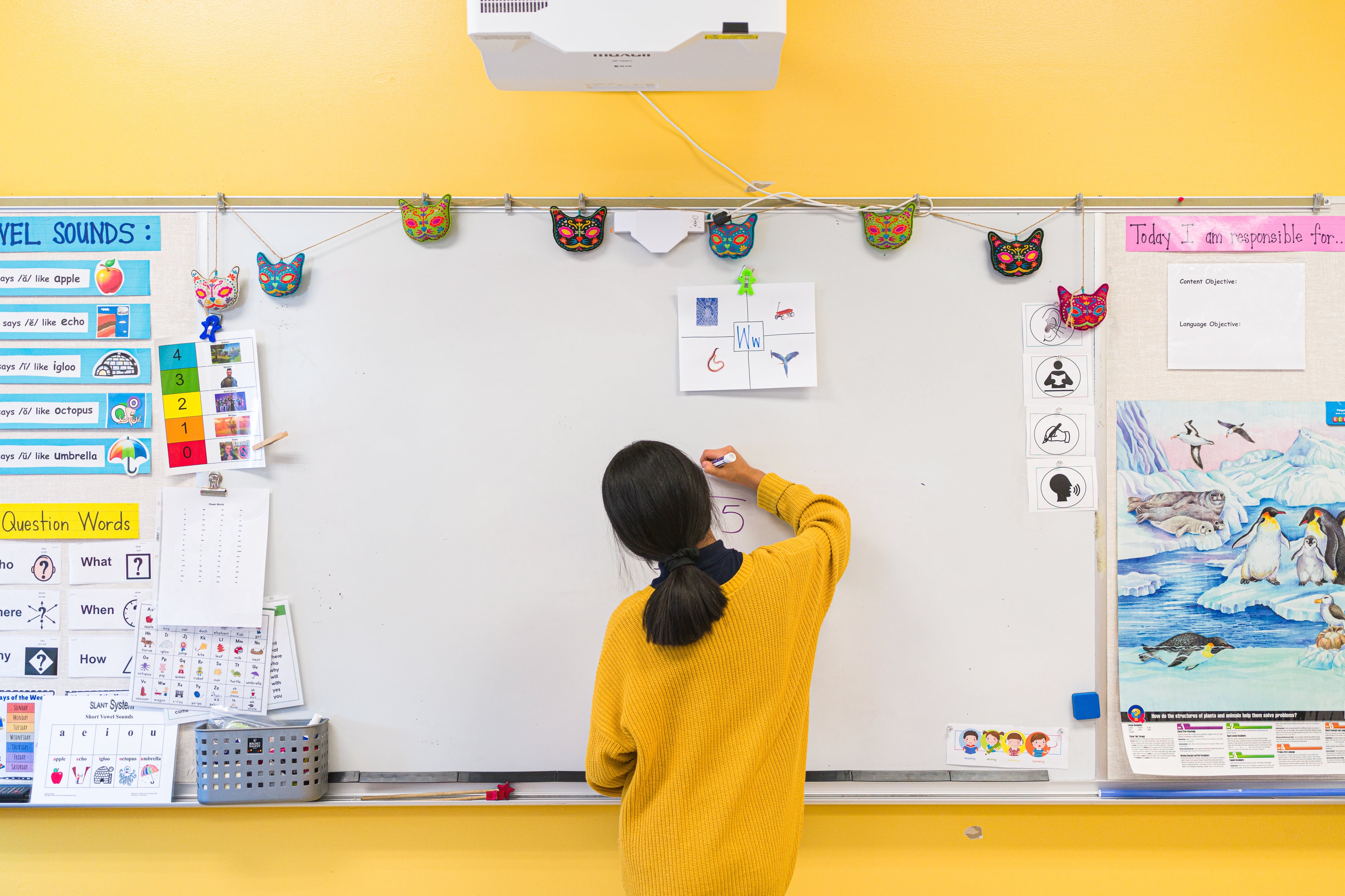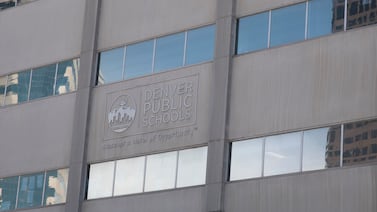Students are continuing to regain academic ground lost during the pandemic, but a full recovery could take years, according to a new report.
Test scores from fall assessments given by testing company NWEA offer the latest look at how students are performing after the pandemic’s disruptions. The data, collected from nearly 7 million third to eighth graders across the U.S., shows the gaps between pre-pandemic and current students are continuing to shrink, though overall scores remain lower than they were pre-COVID.
The findings come as a slew of studies have painted a picture of diminished academic performance in the wake of the pandemic, particularly among those who were already struggling.
“The distance between test scores for kids now relative to historical trends continues to shrink,” said Karyn Lewis, an NWEA researcher. “[But] it’s not a steady upward march towards recovery — we’re seeing some unevenness.”
The rebound wasn’t consistent across grades, racial groups, or schools, with the youngest and oldest students recovering more slowly, the researchers found. But the fall scores show some sustained incremental progress.
The tightening gaps between pre-pandemic and current cohorts of students came in part thanks to a diminished “summer slide” — meaning students lost less ground between spring and fall in 2022 than in prior years. Still, those strides amount to just a fraction of the overall gaps.
“It’s good that we bottomed out, but I would juxtapose that against the fact that the bottoming out is in a pretty deep trough,” said Dan Goldhaber, director of the Center for Education Data and Research at the University of Washington. “From what I have seen, the climbing out of that hole is pretty modest.”
The NWEA researchers’ estimates project a full recovery taking from as little as two years to five or more years for students across reading and math in different grades. But Goldhaber noted that other factors might delay recovery.
“You’d need these kinds of gains from year to year” to see that trajectory, he said. But the additional funding schools could use to sustain that growth may not be there for that long. “If we’re five years out … that’s beyond when school systems will have the federal funding to implement programs,” he said.
The youngest cohort of students with NWEA scores this fall — a group of now third graders who were kindergarteners when the pandemic began — had the largest gaps between their reading scores and their pre-pandemic peers’, according to the report. Meanwhile, the oldest group of students — current eighth graders — have also rebounded more slowly than students in other grades, according to the report.
For those third and eighth graders, NWEA researchers estimated that full academic recovery in both math and reading was five or more years away.
Education researchers warn even a return to pre-pandemic performance levels doesn’t address inequities that have long plagued the nation’s schools. And across grade levels, Black and Hispanic students, as well as high-poverty schools, tended to see the widest gaps between pre-pandemic scores and scores now, according to the report.
“That we are recovering, that we didn’t go down and stay down, that we’re moving up — it’s an important data point,” said Alex Bowers, a professor at Columbia University’s Teachers College. “But throughout all of these reports, we are continually seeing the historic gaps between different demographic groups of students who have been underserved throughout the system.”
“Paying attention to that,” he added, “there is a lot of work to do.”
Julian Shen-Berro is a reporter covering national issues. Contact him at jshen-berro@chalkbeat.org.







